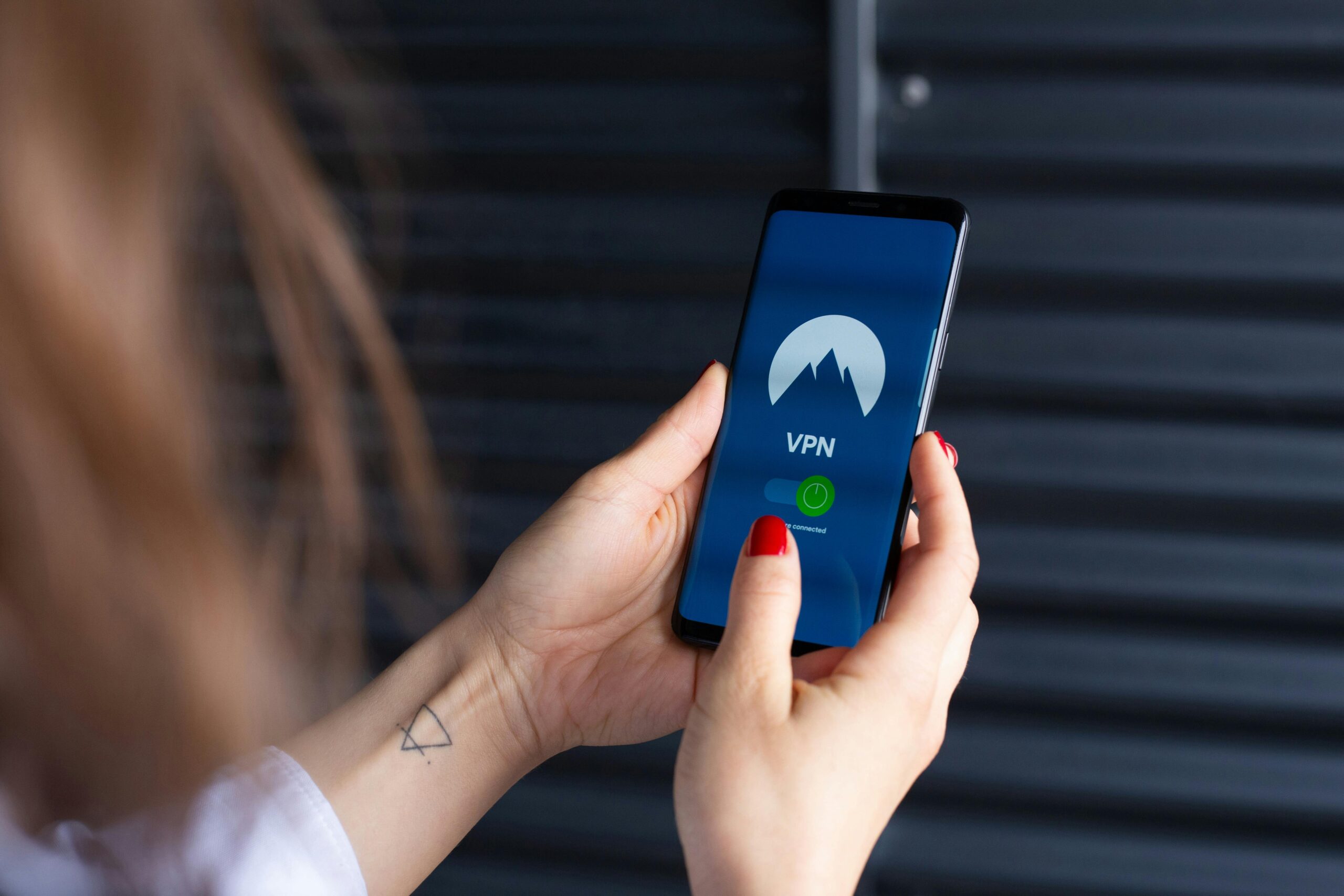ntroduction: The New Frontier of Mobile Deception
Mobile privacy attacks are evolving—not just with new spyware or data breaches, but with a more subtle threat in 2025: fake permissions. These deceptive app features simulate permission requests or misuse accessibility settings to gain unauthorized access to sensitive data—all without triggering traditional security alerts.
While malware and spyware grab headlines, fake permission abuse is silently infiltrating devices, fooling even the most privacy-conscious users. Let’s explore how this new mobile privacy mirage works and how to protect against it.
What Are Fake Permissions?
Fake permissions are simulated or misrepresented access dialogs that trick users into thinking they’ve denied access—while the app actually bypasses the dialog or uses background processes to record, monitor, or scrape data.
Example tactics:
- Mimicking Android/iOS system popups for camera or location
- Using accessibility services to grant hidden permissions
- Overlay attacks that disguise malicious actions under legitimate-looking interfaces
2025 Case Studies: How This Attack Works in the Wild
Case 1: GhostPhoto Camera App
This rogue app appeared in Q1 2025 disguised as a beauty camera. Once installed, it simulated a permission denial popup—users thought they refused camera access. In reality, it used a hidden webview and accessibility service to snap photos and upload them to remote servers.
Case 2: HealthSync Tracker
This app used a fake “battery optimization” dialog to get users to disable background protection. Once allowed, it recorded all movement and audio data in the background under the guise of fitness metrics.
The Technology Behind the Trick
These attacks often exploit:
- Overlay APIs: Drawing fake UI elements on top of real system dialogs
- Accessibility Service Misuse: Reading screen content and automating taps
- Invisible Tap Zones: Triggering hidden buttons while users tap elsewhere
Comparison: Android vs iOS in Handling Fake Permissions
| Feature | Android (2025) | iOS (2025) |
|---|---|---|
| Fake UI Detection | Moderate (Play Protect updates) | Strong (Runtime scanning) |
| Accessibility Protection | Improved, still exploitable | Strictly sandboxed |
| Background Task Limits | Reduced in Android 16 | Locked in iOS 18 |
| App Store Vetting | 2-day average review | 5-day security audit |
Mobile Privacy Attacks Are Evolving
Fake permissions are part of a broader shift in mobile privacy attacks. Rather than breaking into systems, attackers now manipulate human behavior and design patterns to bypass security layers.
Other 2025 trends:
- AI-generated phishing mimicking app interfaces
- Stealth spyware hidden behind VPN services
- Biometric bypass using thermal fingerprint tracing
How to Detect Fake Permissions
- Check system logs (Android users can use
adb logcator root-level monitors) - Review real permission settings in Settings > Privacy
- Use trusted mobile security tools like Bitdefender Mobile or Norton 360
- Avoid apps with inconsistent UI behavior or overlapping buttons
- Test permissions by toggling them and observing app functionality
FAQs
Q: Can fake permissions steal my data even without granting access?
A: Yes. By using overlays and accessibility services, malicious apps can trick users or simulate interactions to gain access silently.
Q: Are fake permissions a virus or spyware?
A: They’re a social engineering + software trick—more of a psychological exploit than traditional malware.
Q: How can I tell if an app is using fake permissions?
A: Look for mismatched system behaviors, missing permission entries in system logs, or settings that revert after closing the app.
Secure Your Phone: 2025 Best Practices
- Install apps only from verified developers
- Regularly audit your permission manager
- Use hardware-level biometric security
- Keep OS and Play Store security services up to date
- Enable suspicious behavior detection from mobile antivirus apps
Conclusion: Awareness Is the First Line of Defense
Fake permissions represent a new layer of deception in mobile privacy attacks. In 2025, protecting your smartphone isn’t just about antivirus software or encrypted messages—it’s about staying ahead of manipulation tactics that exploit trust and familiarity.
Stay alert. Stay updated. And most importantly—don’t trust every popup you see.



